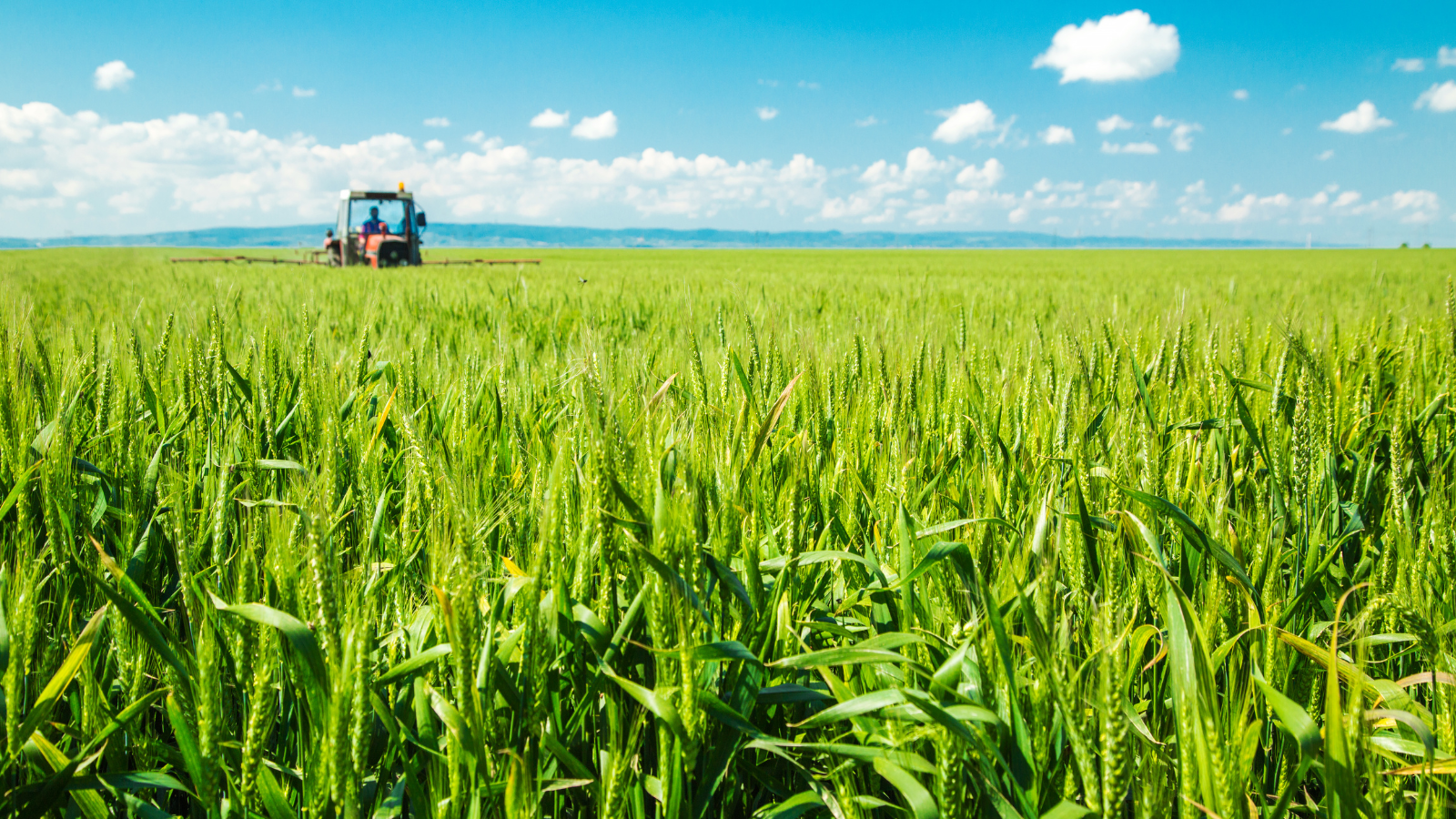
Whether it’s because of emissions creation or because we’re experiencing a cyclical global warming phenomenon (like the one that occurred three million years ago), the global weather patterns and their harsh effects are becoming more extreme. It’s just a fact.
Food/fibre and water is our life force. They are the basis of how the population feels safe. People look to leaders who can make them feel safe. It’s the foundation of trust. Trust is the foundation of all functional relationships. Severe weather, through its extreme swings in food production, threatens food security, trust and geopolitical stability.
We, in our present state, are so focused (and distracted) about whether or not more extreme weather is in fact real, that we’re not addressing actionable items based on the true challenges to food security. Tackling these obstacles is a way to ensure, no matter the weather, that we will always have food/fibre and potable water for the global population.
The following are items that, if not managed properly, are a direct threat to food security. This list is of course not exhaustive; the scope and importance of agriculture is vast.
Sustainable Crop Volume and Quality
These, of course, are among the key drivers of food insecurity. Huge variances in quantity and quality compromise the stability of food systems around the world. Average global crop yields for corn are projected to drop by 24% in the next 60 years.
Global Markets
Fair prices and price support that incentivizes long-term producer sustainability are required. There will be extreme volatility in global production by geographic regions and opportunism will arise to make the deficit regions pay dearly for their lack of production. Higher levels of transparency around supply and demand and the financial impacts of a region that is “out of balance” will help these regions to mitigate these negative impacts. I believe there are information systems in place, but I also believe that many are unreliable and biased.
Producer Security
Producers must feel as though through bad years (from elements beyond their control), they will still be supported to have another season. Too many farm families are losing great people to the cities. They see a poor risk/reward with farming. The number of farm families/corporate family farms will decline, and non-family corporate farming backed by deep pockets, will buy up the land. This will only produce a greater risk to sustainability. The result will be too much production power in the hands of too few.
Insufficient Agricultural Land
There are 1.38 billion hectares of arable land available worldwide. More than 1/3 has been irreversibly compromised since 1961. Only 12% of the global land surface is used for crop production. It’s essential to preserve the existing arable land, despite most of it starting to degrade. We should ensure that solar panel “farms” and windfarms do not detract arable farmland.
Growing Population
The world population hit eight billion people on November 15, 2022. We will hit nine billion 15 years after that, and ten billion 17 years after nine billion. If growth continues at the same rate, the population will double in the next 50 years. We’re already struggling to feed hungry mouths. In 2021, as many as 828 million people suffered from hunger, an increase of 46 million compared to the previous year. Water, or lack of it, adds pressure on available arable land. Agriculture today already accounts for 70% of all fresh water used on the planet.
Biodiversity Loss
Without biodiversity, plants, animals and microorganisms can’t survive. Soil is one of the main global reservoirs of biodiversity. Twenty-five percent of animal species on earth live underground and 40 percent of the organisms in terrestrial ecosystems are in contact with the soil at some point during their existence.
Low Investment in Agriculture
Investing in agriculture means putting the funds behind the food supply chain (field to fork). However, it’s not a very attractive place to invest compared to other industries. It requires large capital commitment (initial investment and yearly capital expense). The margins are low relative to the level of risk. Return on Invested Capital is usually in the mid, single digits. ROIC in many other industries are in the 20% plus range (albeit quite variable). Also, we’re living in a society that rewards short term investment and returns. Agriculture is a long-term investment. To grow food/fibre, you need a lengthy growing season. Milk is not produced in the fridge of the local grocery store.
The agricultural sector plays an irreplaceable role in our societies. We need to develop concrete plans and metrics by country/geographic region. If we’re prepared for the worst, we can ensure that humanity will be, at least, “safer”.
Kevin Eikerman
Principal

